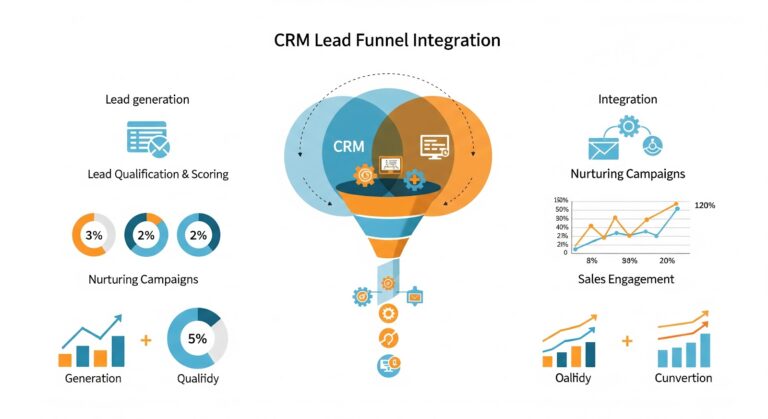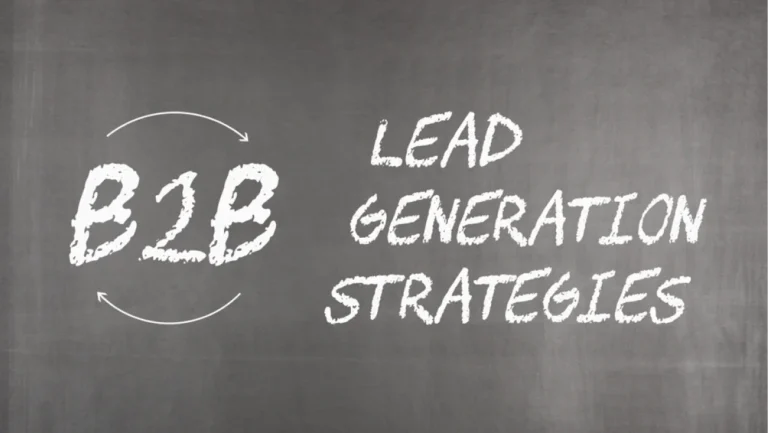As people say, “customers are the lifeline of any business”. It is essential to have a good understanding of your customers and what they do (their journey) in order to provide them with an excellent experience that keeps them coming back.
A customer journey is the sum of all the experiences a customer has with your company, from awareness of your brand all the way through to purchase and beyond. Each touchpoint along the way represents an opportunity to build or break the relationship.
To give you more insight into the customer journey and how it works, this article will lay out everything you need to know.
What is a customer journey?
A customer journey is a customer’s progression from initial awareness of a company or product to becoming a paying customer or client. The journey usually consists of several touchpoints, such as advertising, social media, customer service, and sales.
The goal of mapping out a customer journey is to better understand the needs and wants of customers so businesses can more effectively market to them. By knowing what customers are looking for and when they need it, businesses can tailor their messaging and timing to match the buyer’s decision-making process.
Stages of Customer Journey

The customer journey comes in a five-step process: awareness, consideration, conversion, retention, and advocacy.
Let’s dig deeper into each step process to understand how the customer journey works:
Awareness
In this stage, customers are just beginning to learn about a problem they have and start looking for potential solutions.
Consideration
In this stage, customers have identified their problem and are now considering different options to solve it. They will compare different solutions and narrow down their choices.
Conversion
This is the stage where customers finally decide on a solution and make a purchase.
Retention
After converting, businesses need to work to keep customers happy and engaged so they don’t churn. Churn is when a customer leaves and goes to a competitor.
Advocacy
The final stage of the customer journey is when customers become promoters of your product or brand. They sing your praises to their friends and family and help bring in new customers.
Customer Journey vs. Buyer’s Journey
Although some people have misconceptions, the customer’s journey and the buyer’s journey are not the same.
The main difference between the customer journey and the buyer’s journey is that a customer journey includes all of the stages from awareness to advocacy, while the buyer’s journey only includes awareness, consideration, and conversion.
In other words, the buyer’s journey is a subset of the customer’s journey. All customers go through a buyer’s journey at some point, but not all customers will become advocates for your brand.
The benefits of understanding your customer’s journey
There are several benefits to knowing how to understand your customer’s journey, such as:
Enables a better understanding of customer needs
By mapping out the customer journey, businesses can see what customers are looking for at each stage and tailor their messaging accordingly.
Helps create more seamless customer experiences
By understanding the customer journey, businesses can identify any pain points along the way and work to eliminate them. This results in a better overall experience for customers and helps reduce churn.
Improves marketing ROI
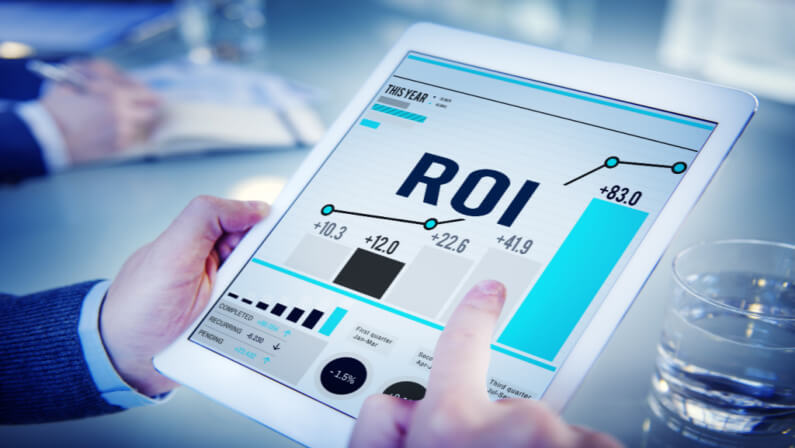
If businesses know what customers are looking for and when they need it, they can invest their marketing dollars more wisely and see a better return on investment.
Improved targeting for each customer
By understanding the customer journey, businesses can create more targeted marketing campaigns that are better aligned with the needs of each customer.
Identifies opportunities to differentiate from competitors
By understanding what customers are looking for, businesses can identify any areas where they could improve their offerings or messaging to better stand out from the competition.
Allows companies to focus their efforts on what’s most valuable
Lastly, understanding the customer journey helps businesses focus their time and resources on the stages that are most important to their bottom line.
By understanding what customers want and need at each stage of their journey, businesses can create more targeted marketing campaigns, improve the customer experience, and see a better return on investment.
What is Customer Journey Mapping?
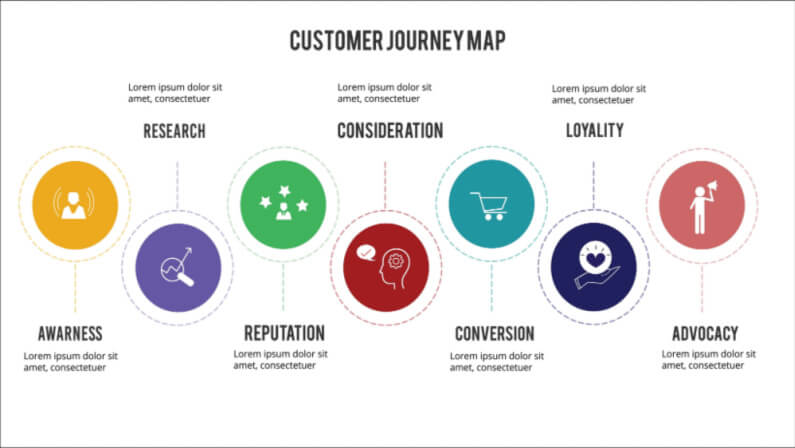
Customer journey mapping is the process of creating a visual representation of the customer journey. This involves mapping out each step of the journey, from awareness to advocacy, and identifying any pain points along the way.
Creating a customer journey map can help businesses see the bigger picture and identify any areas where they could improve the customer experience.
Examples of Customer Journey Map
There are different types of customer journey maps, and here are some of the most common examples:
Digital Experiences Journey
This type of customer journey map focuses on the digital experiences customers have with a brand, such as interacting with a website or using a mobile app.
Health Insurance Customer Journey
This type of customer journey map is specific to the health insurance industry and focuses on the steps customers take when shopping for health insurance.
B2B Customer Journey
This type of customer journey map is specific to businesses that sell to other businesses. It focuses on the steps that business buyers take when considering a purchase.
LEGO’s Wheel of Experience
This customer journey map was created by LEGO and focuses on the emotional experiences customers have with the brand.
Car Buyer Journey

This type of customer journey map is specific to the automobile industry and focuses on the steps customers take when shopping for a car.
Customer Journey Product Plan
This type of customer journey map is focused on the product development process and helps businesses map out the steps they need to take to bring a product to market.
Common Components of a Customer Journey Map
A customer journey map can include a variety of information, but there are some common components that are typically included:
- The buying process. This outlines the steps customers take when considering a purchase, from initial awareness to post-purchase follow-up.
- User actions. This includes the specific actions customers take at each stage of their journey, such as visiting a website or calling customer service.
- User emotions. This captures how customers are feeling at each stage of their journey. For example, they may feel frustrated when trying to use a website that is difficult to navigate.
- Pain points. This identifies any problems customers encounter during their journey. For example, a customer may be turned off by a high price or a poor return policy.
- Solutions. This offers suggestions for how businesses can improve the customer experience. For example, a business may want to offer more discounts or make its website easier to use.
How to Build a Customer Journey Map
Customer journey is a relatively new concept, and there is no one-size-fits-all approach to creating a customer journey map.
However, here are five steps that can help you get started:
- Select clear objectives for the map. What do you want to learn from the customer journey map? What are your goals for creating it?
- Profile your personas and define their goals. Who are you making the map for? What is their background? What are their needs and wants?
- Highlight your target customer personas. What are your ideal customers? What are their demographics? What motivates them?
- List out all of the customer touchpoints. Where do your customers interact with your brand? This can include websites, social media, retail stores, call centers, etc.
- Determine the resources you have and the ones you’ll need. What data do you already have? What else do you need to collect? How will you collect it?
- Take the customer journey yourself. Experience your product or service from the customer’s perspective. This will help you identify potential pain points and areas for improvement.
- Apply changes. Use the insights from your customer journey map to make changes to your product, website, or marketing strategy. Experiment and track the results to see what works best for your business.
Why is mapping the customer journey important?
Customer journey mapping is important because it helps businesses understand the needs and wants of their customers. It also identifies pain points and provides insights into how businesses can improve their product or service. By taking the time to map out the customer journey, businesses can create a better experience for their customers and ultimately boost sales.
How long does a typical customer journey take?
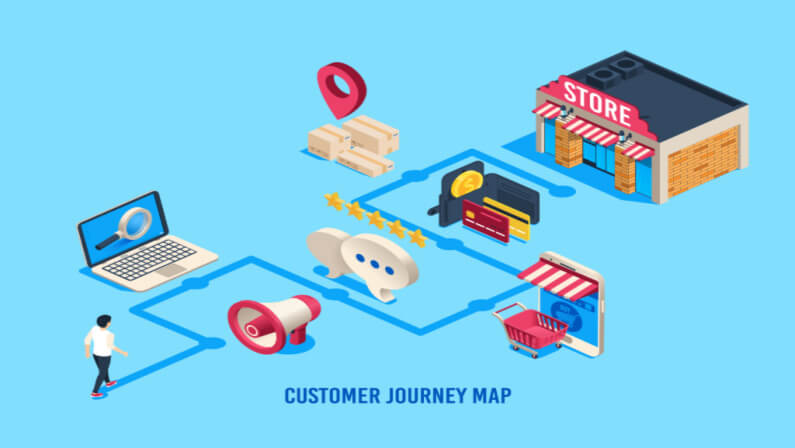
A customer journey usually takes place over a period of time, and there is no one-size-fits-all answer to this question. It depends on the type of product or service being offered, the buying process, and the customer’s needs and wants.
After you map the customer journey, what next?
Once a customer journey has been mapped out, businesses can start to identify pain points and areas for improvement. They can also experiment with different solutions to see what works best for their business. It’s important to keep track of the results of these changes so that you can continue to improve the customer experience.
Do customer journey maps work for all industries?
Customer journey maps can be helpful for businesses in all industries. However, it’s important to keep in mind that there is no one-size-fits-all approach to customer journey mapping. Every business is different, and the customer journey will vary depending on the product or service being offered.
Map Your Customers Today!
Customer mapping is highly essential when running a business. It not only helps you understand your customer better but also paves the way for a more enriching customer experience. By following the tips above, you can start mapping your customer’s journey today and see firsthand how it helps your business grow.
We at LeadOrigin offer an amazing customer journey mapping tool that takes the guesswork out of creating a map. With our easy-to-use interface and comprehensive data, you can create a map that is tailored specifically to your business. Contact us today to learn more!
